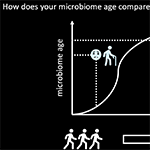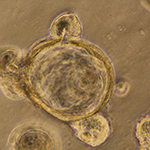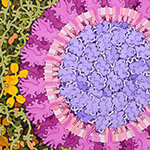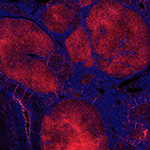Second GPU Cloudburst Experiment Yields New Findings
SDSC and WIPAC researchers have conducted a second NSF-funded experiment that proves it is possible to elastically burst to very large scales of GPUs using the cloud.

SDSC and WIPAC researchers have conducted a second NSF-funded experiment that proves it is possible to elastically burst to very large scales of GPUs using the cloud.

New research from the University of California San Diego indicates that competitive “winner-takes-all” pay structures are most effective in getting the creative juices flowing that help fuel economic growth.

UC San Diego and IBM researchers reveal a new understanding of how our microbiomes change as we age, setting the stage for future research on the role microbes play in accelerating or decelerating the aging process and influencing age-related diseases.

UC San Diego researchers use 3D human gut organoids to reveal the molecular system that keeps intestinal linings sealed, demonstrate how the system breaks down and how it can be strengthened with the diabetes drug metformin.

The Protein Data Bank archive has released a new Coronavirus protease structure following the recent coronavirus outbreak, an ongoing viral epidemic primarily affecting mainland China that now threatens to spread to other parts of the world.

After identifying a molecular pathway that allows nonalcoholic steatohepatitis (NASH) to progress into liver cell death, University of California San Diego School of Medicine researchers were able to use these pathways to halt further liver damage.

Keep up with all the latest from UC San Diego. Subscribe to the newsletter today.
You have been successfully subscribed to the UC San Diego Today Newsletter.